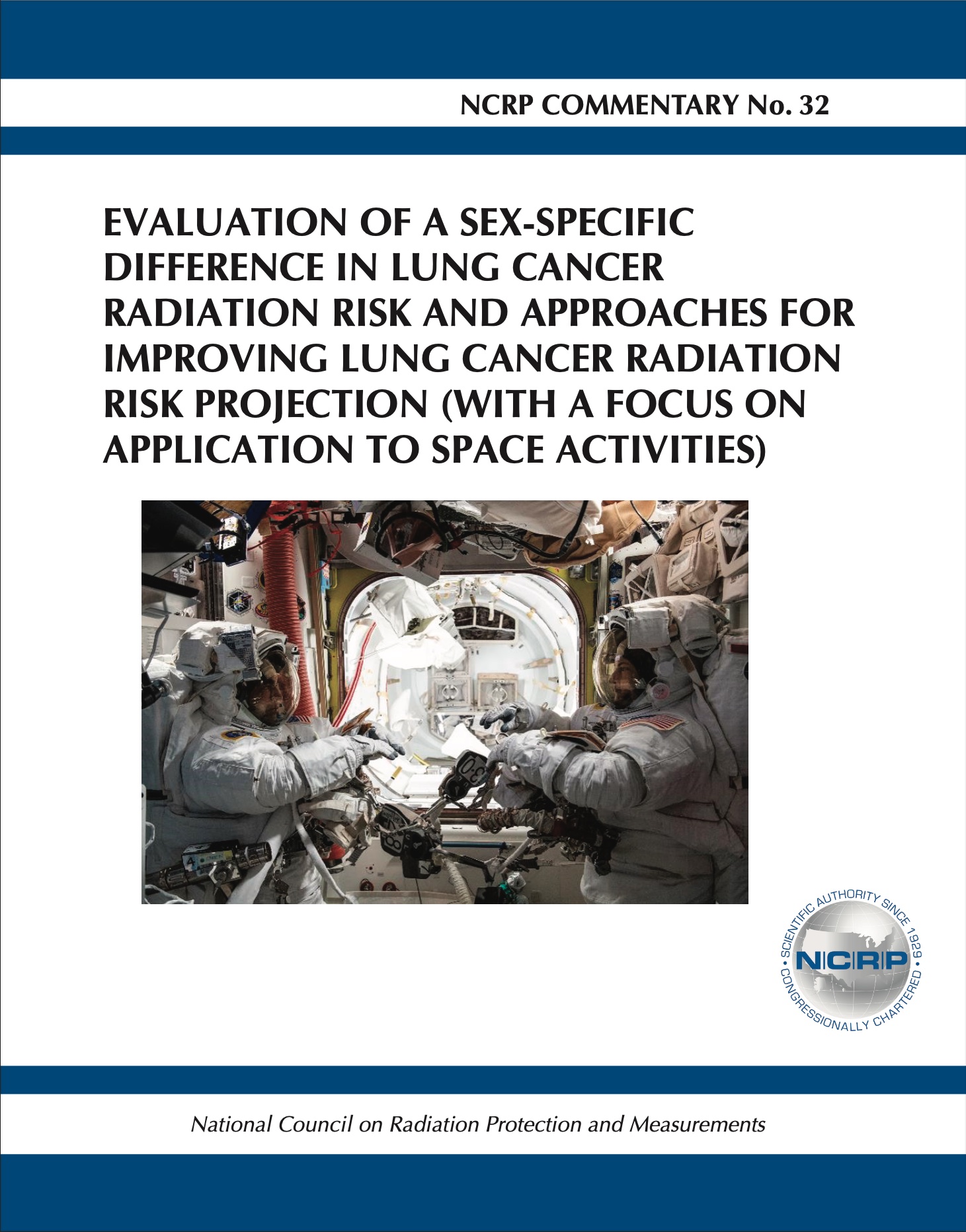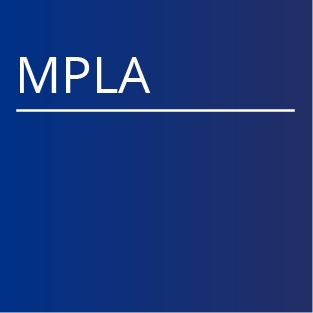AAPM has contracted with NCRP to provide each AAPM Member in good standing access and download privileges of electronically available NCRP reports, commentaries and statements. This report was prepared by the National Council on Radiation Protection and Measurements (NCRP). The Council strives to provide accurate, complete and useful information in its reports. However, neither the NCRP, the members of NCRP, other persons contributing to or assisting in the preparation of this report, nor any person acting on the behalf of any of these parties (a) makes any warranty or representation, express or implied, with respect to the accuracy, completeness or usefulness of the information contained in this report, or that the use of any information, method or process disclosed in this report may not infringe on privately owned rights; or (b) assumes any liability with respect to the use of, or for damages resulting from the use of, any information, method or process disclosed in this report.
 |
Commentary No. 032 - EVALUATION OF A SEX-SPECIFIC DIFFERENCE IN LUNG CANCER RADIATION RISK AND APPROACHES FOR IMPROVING LUNG CANCER RADIATION RISK PROJECTION (WITH A FOCUS ON APPLICATION TO SPACE ACTIVITIES) (2022) Price: $60 PDF (AAPM Members FREE) Category: Commentary The study of Japanese atomic-bomb survivors exposed acutely to ionizing radiation in 1945 reported the risk of radiation-related lung cancer to be nearly three times greater for females than for males on a relative scale (similar for both mortality and incidence). The operational model for risk of exposure-induced death currently in use by the National Aeronautics and Space Administration (NASA) relies on data from the Japanese atomic-bomb survivor study. According to the NASA model, radiation-related lung cancer is the largest contributor to fatal cancer risk. The sex-specific difference in lung cancer observed for Japanese atomic-bomb survivors is used in the model, resulting in a higher estimated total cancer mortality risk for female astronauts than for male astronauts for the same level of exposure. NASA requested that the National Council on Radiation Protection and Measurements (NCRP) evaluate the risk of radiation-related lung cancer in populations exposed to chronic (protracted or fractionated) radiation, in order to investigate whether a similar sex-specific difference in lung cancer risk is observed when exposure occurs gradually over years (such as experienced by astronauts during space missions) contrasted with the acute exposure received by the Japanese atomic-bomb survivors. Scientific Committee :
|



















